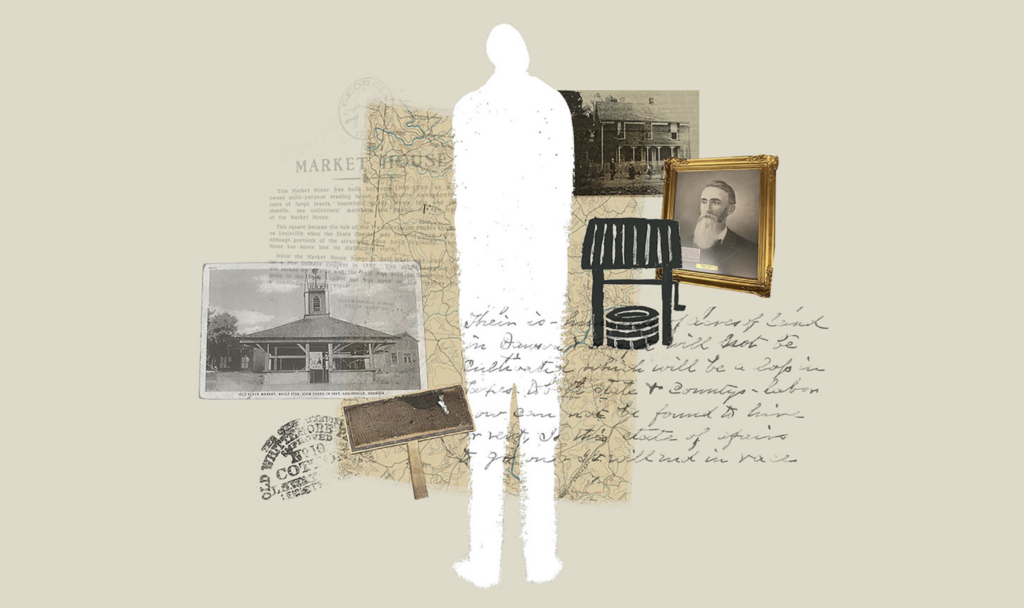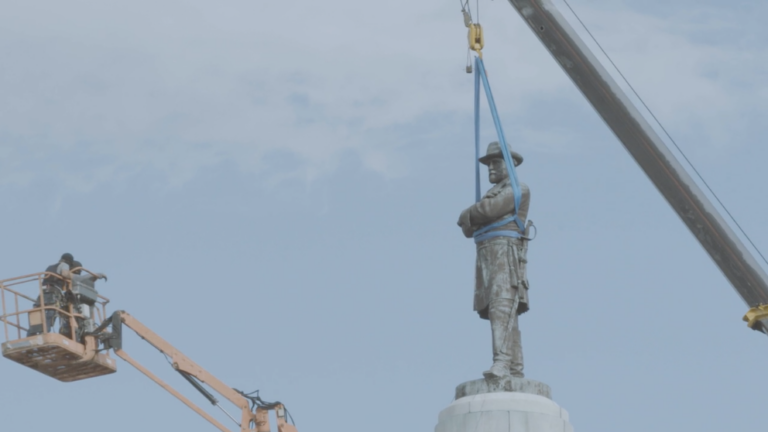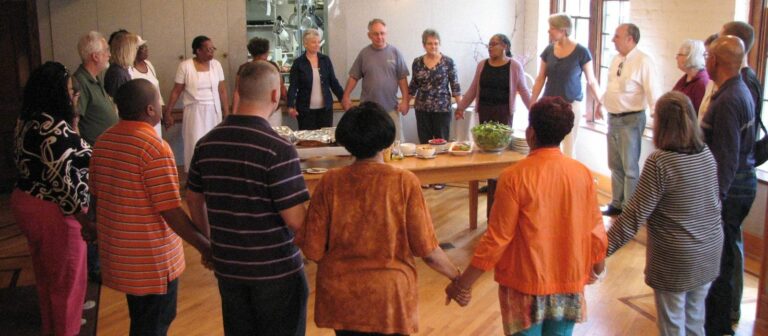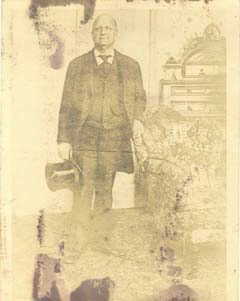ENSLAVEMENT
Investigation of the Hess, Sanger and Jacobi Families and Their Involvement in Enslavement
Hess-Sanger-Jacobi Families & Enslavement
The history of enslavement in the Hess family extends back to at least 1839. Research has shown that the extended family enslaved at least 15 people from 1839 to 1850.
In February 2021 we gathered on Zoom to discuss information that Deborah Friedman had uncovered: that our ancestor Levi Hess had enslaved a young girl known only as “Ruthe.” He had purchased her for $450 in New Orleans on April 27, 1842.
The revelation prompted a small group of Hess relatives — Frances Dinkelspiel, Deborah Friedman, and Leora Benioff — to investigate further. We discovered that three interconnected families, who emigrated from Germany to New Orleans in the 1830s and 1840s – the Hesses, the Sangers, and the Jacobis – intermarried and went into business together. Collectively, they enslaved at least 15 people from 1839 to 1851, who ranged in age from seven months to 35 at the time of purchase.
Levi Hess arrived in New Orleans from Germany in 1834 and probably got his start as a peddler before opening a dry goods store in New Orleans in 1838. He married Theresa Sanger and they had seven children. Theresa died around 1851 and Levi Hess then married Ricka Wertheimer in 1855. (We are all descendants of Levi Hess). By 1838, Levi and Theresa had moved to Donaldsonville, a town on the south bank of the Mississippi River about 65 miles north of New Orleans.
Theresa’s brother, David Sanger, married Clara Hess. In 1840, Levi Hess’s brother Abraham arrived in New Orleans. He married Emilia Jacobi. Emilia’s brother, Simon Jacobi married Henrietta Sanger, David’s sister.
1840-1850
From 1840 to about 1848, Levi and Abraham Hess, David Sanger and Simon Jacobi went in and out of business together in various dry goods stores in Baton Rouge, Louisiana. (The transactions are complicated and you can see some of them here).
It was not uncommon for Jews living in the South to be slaveholders even though many came to the U.S. to escape persecution. Sadly, Jews were as likely as other whites to own slaves. Most Jews, however, did not own plantations but were merchants. So they put those enslaved to work in their households and businesses.
The story of one of the people our ancestors enslaved stands out to us. That’s Malvina, whom Abraham Hess enslaved. We don’t know when Abraham Hess purchased her but later documents state that she was orphaned. She was described as mulatto. In 1849, Malvina “strayed” from Abraham Hess’s home in New Orleans. She was only two. When she was four and a half, Hess sold her and she was taken by her new owner to Fayette County, Texas.
1850-1853
Then, on Jan 15, 1851, Levi Hess “acting on behalf of his brother Abraham and his wife Emilia Jacobi sells mulatto girl Malvina, 4.5 years, old for $300” Frederick Martell of Fayette County, Texas purchases her and takes her from New Orleans to Texas.
We uncovered this information by searching “conveyance records” for New Orleans and Ascension Parish. Conveyance records are notarized documents recording the acquisition and disposition of real property. We found them by going to the Family History Center in Salt Lake City, hiring genealogists in Salt Lake and Donaldsonville, and looking on Ancestry, Family Search, census records and on other websites.
What can we do now?
We ask that you help us track down more descendants of the three families. Please scour your attics and basements to see if you have any old photos or letters concerning these families. There are still major aspects of their lives that remain mysterious.
As we discussed on our Zoom call, some people may want to make monetary donations to organizations that are seeking to repair the wounds left by the legacy of slavery. If you wish to make such a donation, we recommend two places to consider:
River Road African American Museum – This museum is in the very town where Levi and Teresa lived, Donaldsonville, and records the history and culture of those who were enslaved in Ascension County and other parts of rural Louisiana. The founder generously helped Deborah discover the conveyance document for Ruthe, the 13-year-old girl who Levi Hess enslaved.
Reparation Generation – This group makes “direct reparative transfers to Black Americans for wealth-building pursuits.” It has raised money in California to help descendants of the enslaved who live in Detroit acquire housing. Frances Dinkelspiel wrote a story about them.
Thank you for caring about this. We will send updates as we uncover more information about our ancestors and those they enslaved. If you want to help us in this journey, please contact me.
Pauline Hess Dinkelspiel
My great-great grandmother, the daughter of Levi Hess and Theresa Sanger, grew up in Donaldsonville, Louisiana cared for by the people enslaved by her parents.
Conveyance Record
This is a conveyance record detailing the sale of Ruthe, a 13-year old child, to Levi Hess in 1843 in New Orleans.
1840 Census
This is the 1840 Census which shows Levi Hess (at the top of the list of names on the left) and his household in Donaldsonville, Louisiana. The tick marks in particular categories show that there was one free white male under the age of five (Louis Hess, born 1835), one free white male between 20-30 (Levi Hess, born 1812), one white female between 20-30 (Theresa Sanger Hess, born 1814), and one female enslaved person approximately 10-24 years of age (name unknown).
Deborah Friedman and Frances Dinkelspiel discuss finding out about their slave-owning ancestors in a video produced by Speaking Truth. Speaking Truth invites the descendants of slave owners to describe and reflect upon their ancestors’ role in slavery.

Watch this fascinating NY Times short film entitled “The Lost Graves of Louisiana’s Enslaved People”.
LINKS OF INTEREST

Visit the Forensic-Architecture website about environmental racism (see Wikipedia) in an area known as “Death Alley”, a “Petrochemical Corridor” between Baton Rouge and New Orleans, near Donaldsonville, Louisiana, where our ancestors lived. There are several short films that detail what is happening.

Working together to create a just and truthful society that acknowledges and seeks to heal from the racial wounds of the past, from slavery and the many forms of racism it spawned. Coming to the Table provides leadership, resources, and a supportive environment for all who wish to acknowledge and heal wounds from racism that is rooted in the United States’ history of slavery.












